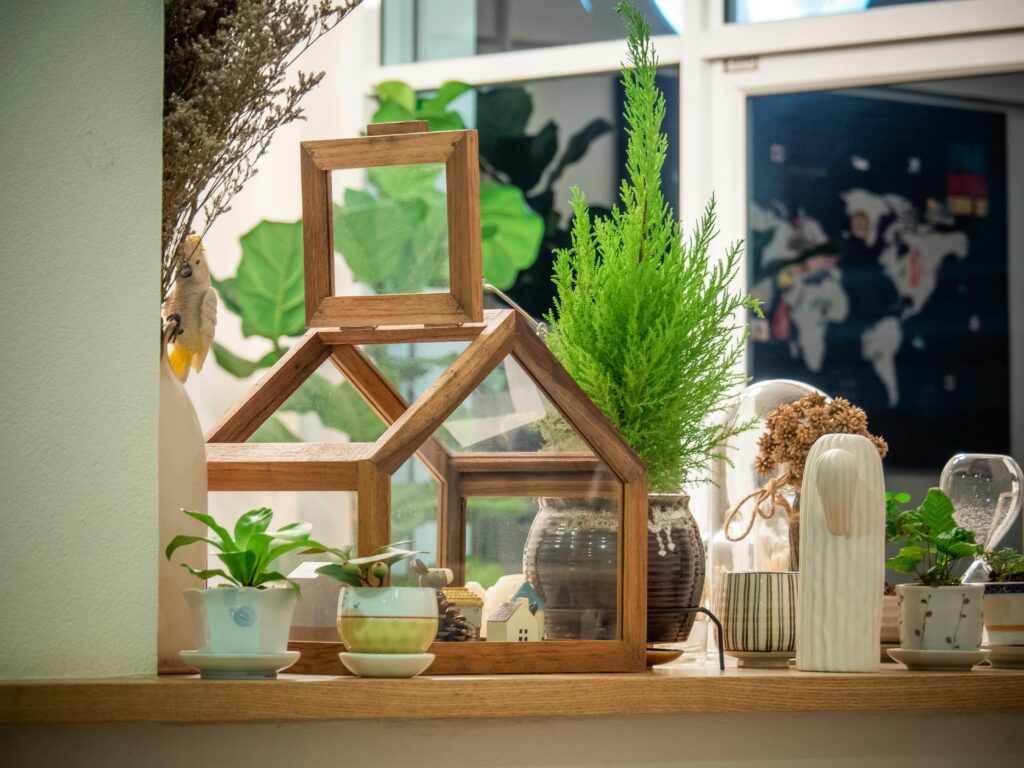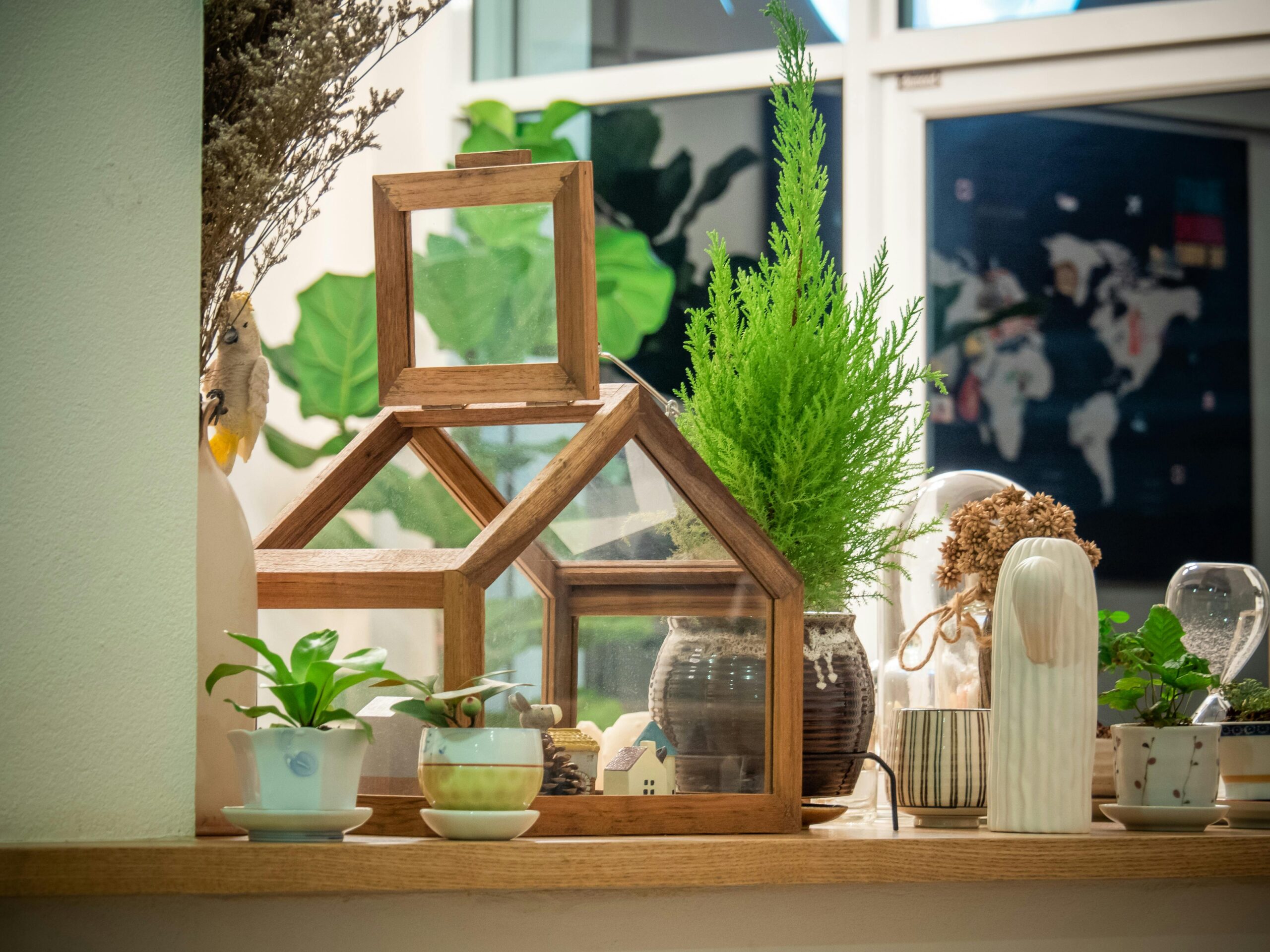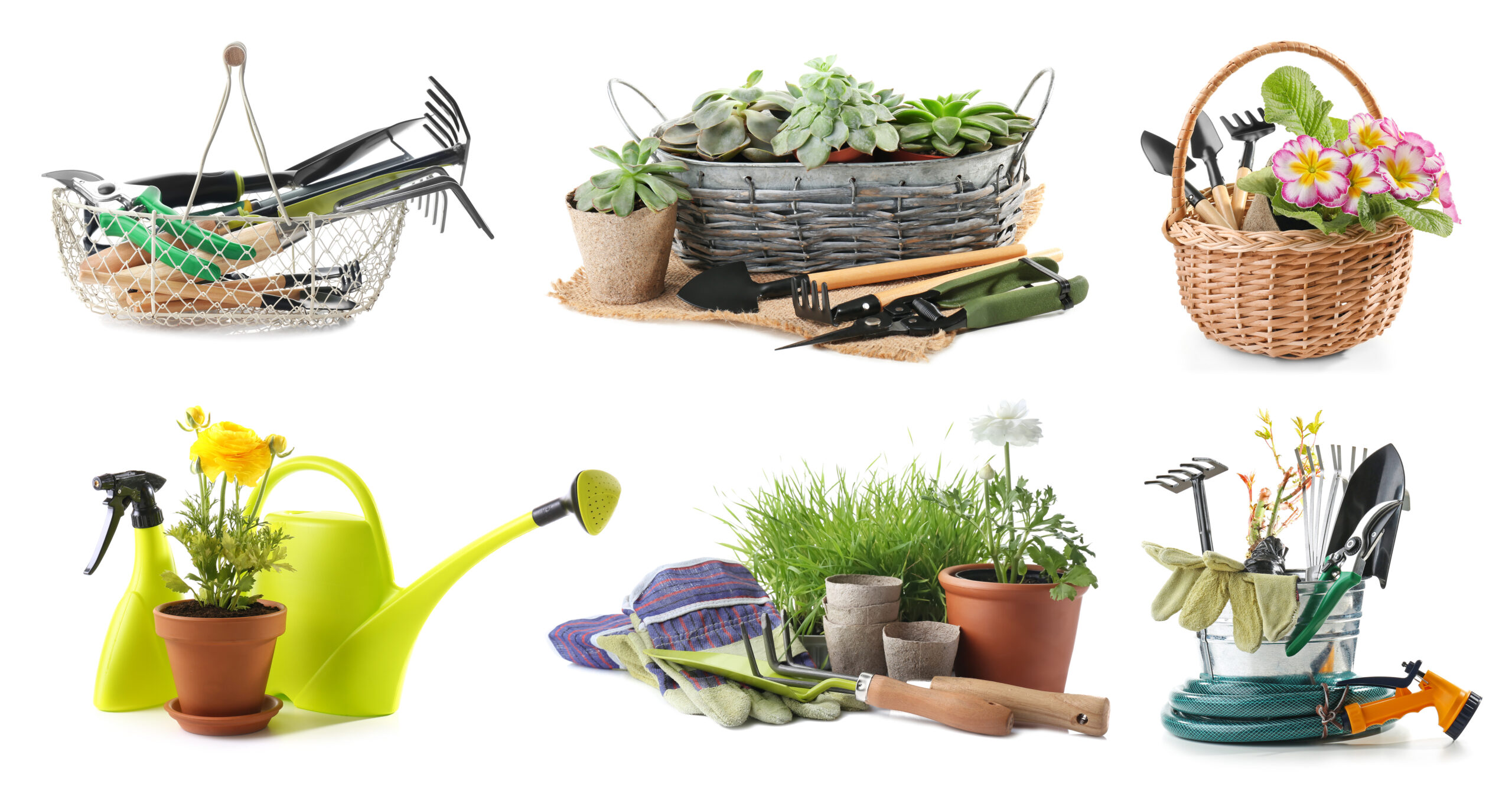
Creating Focal Points with Statement Plants
Large, eye-catching indoor plants like the fiddle leaf fig, monstera, or a tall palm can serve as natural focal points in any room, drawing the eye with their striking presence. Positioning these statement pieces in well-lit corners or beside furniture can elevate the aesthetic of your space, adding a touch of drama and natural beauty. Choose pots that complement your decor to integrate these green giants seamlessly into your living environment.
Layering Plants for Depth and Interest
Creating layers with plants of various heights and textures adds depth and interest to your indoor garden. Use plant stands, shelves, or even stacks of books to elevate smaller plants, ensuring each has its moment to shine. Mixing leaf textures and colors—from the delicate fronds of a fern to the thick, sculptural leaves of a jade plant—can create a rich tapestry that captivates the eye and enhances the overall design of your space.
Incorporating Hanging and Trailing Plants
Utilize vertical space by incorporating hanging or trailing plants, such as string of pearls, spider plants, or ivy. Hanging planters from the ceiling or placing them on high shelves allows the plants to cascade naturally, adding a dynamic element to your decor. This approach is especially effective in small spaces, where floor real estate is limited, allowing you to enjoy greenery without sacrificing valuable square footage.
Choosing the Right Containers
The pots and planters you choose play a crucial role in integrating plants into your decor. Consider the material, color, and style of the container to ensure it complements your interior design. From sleek, modern ceramics to rustic, reclaimed wood, the right pot can enhance the plant’s beauty and tie it into the room’s aesthetic. Don’t be afraid to repurpose items or mix and match styles for a more eclectic look.
Plants as Natural Dividers
In open-concept homes or large rooms, plants can serve as natural dividers, subtly defining different areas without closing off spaces. Tall plants, like bamboo or tall cacti, placed in a row or a cluster, can create a visual barrier between a living room and dining area, for example. This not only adds functionality to your space but also introduces more opportunities to incorporate greenery into your home.
Balancing Light and Plant Needs
While aesthetic considerations are important, the health of your plants should always come first. Ensure each plant is placed in a location that meets its light requirements, from the bright, direct light needed by succulents to the filtered, indirect light preferred by many tropical plants. Use mirrors or reflective surfaces to bounce light into darker corners, enabling you to decorate with plants in less naturally lit areas.
Seasonal Swaps and Holiday Decor
Incorporate seasonal changes into your indoor garden by swapping out planters or introducing seasonal plants like poinsettias during the holidays. Adding festive decorations to your plants or using them as a backdrop for holiday displays can integrate them into your seasonal decor, making your indoor garden a dynamic part of your home’s changing aesthetic throughout the year.
Mindful Clutter Management
While adding plants to your space can enhance its beauty, too many plants in a small area can feel cluttered. Be mindful of the number of plants in each room, and ensure each has enough space to be appreciated fully. This doesn’t mean limiting the number of plants but rather arranging them thoughtfully to maintain a balance between greenery and the other elements of your room’s design.
Decorating with indoor plants is an art that combines horticulture with interior design, transforming living spaces into vibrant, dynamic environments. By following these style tips and tricks, you can beautifully integrate plants into your home, creating an indoor oasis that reflects your personal style and brings the calming, rejuvenating presence of nature indoors.



